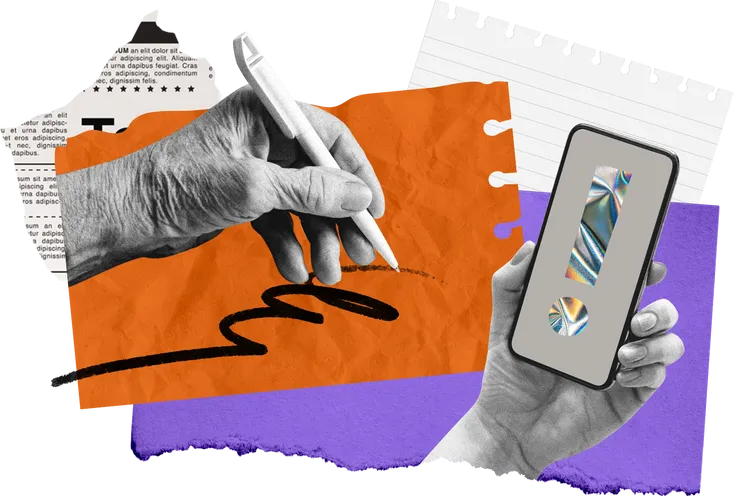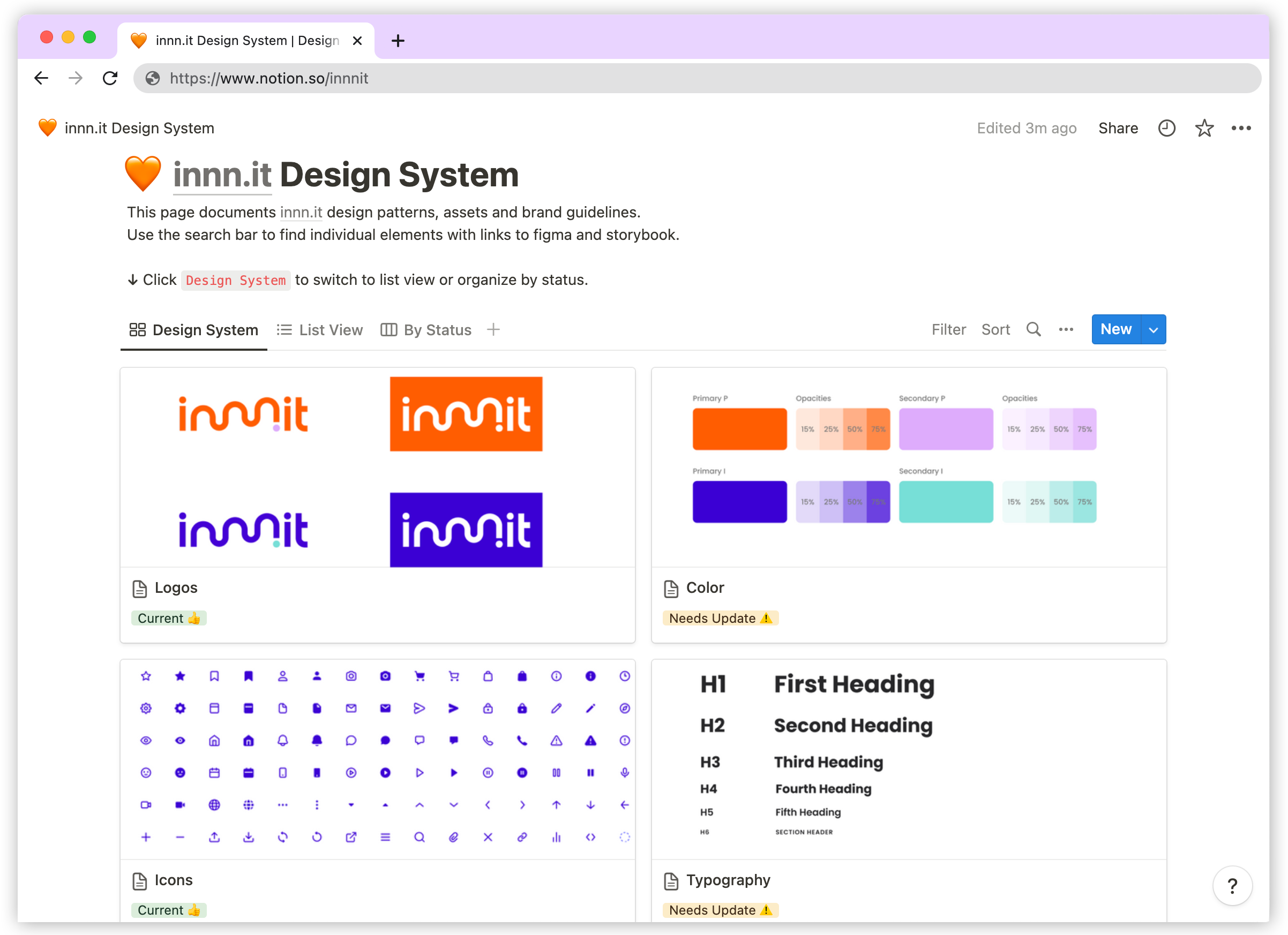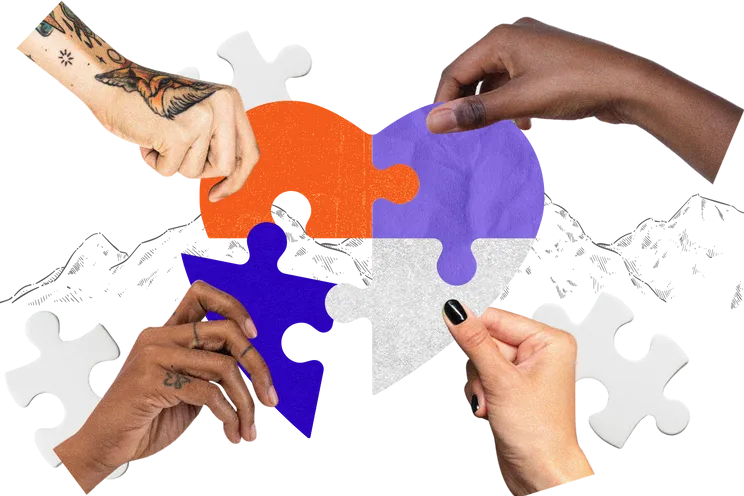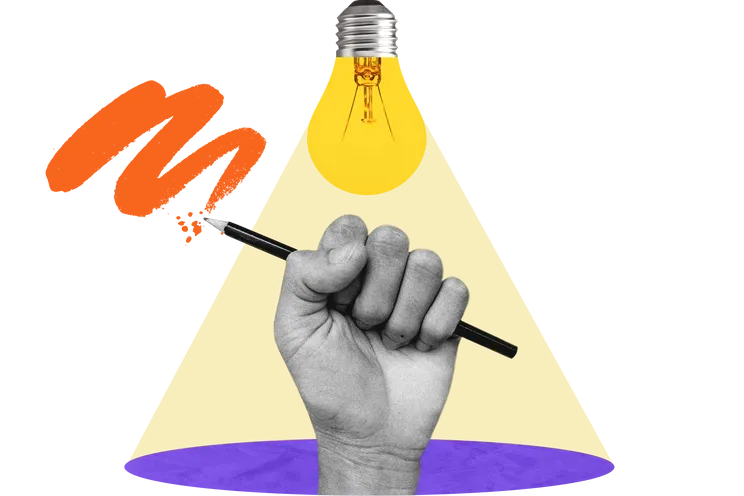
innn.it platform
My role: Founding Product Designer
innn.it is a Berlin-based start-up on a mission: to make grassroots activism accessible and impactful through digital tools.
As the founding product designer, I built the platform from the ground up, transforming complex democratic workflows into intuitive, empowering user experiences.
Why innn.it?
In Germany, momentum for social change was growing, but digital infrastructure for civic engagement lagged behind.
We set out to create a platform that would lower barriers to participation, enable both online and offline activism, and scale real-world impact – bridging the gap between digital signatures and collective action.
My Role & Collaboration
From day one, I led the end-to-end product design process. This meant:
Product Manager
Partnering with the Product Manager to shape the vision and roadmap.
Leadership
Engaging with and reporting to leadership to align on strategy and impact
Engineers
Working hand-in-hand with engineers to bring ideas to life and ensure technical feasibility
Workshop Facilitaion
Facilitating ideation and feedback workshops that brought every voice to the table..
Content Team
Collaborating with the content team to craft inclusive, motivating messaging
Team building
Building a small design team as the platform grew.
The process: From idea to impact
Discovery & Definition
We started with people. Through interviews, surveys, and workshops, I uncovered the motivations and frustrations of activists and supporters.
We continued with metrics. I leveraged robust organizational data to identify needs and remove barriers.
Together, we mapped out the journeys that would matter most – and the barriers that stood in the way.
Design, Test, Repeat
With those insights, I prototyped and tested the core flows: campaign creation, signing, sharing, and donating.
Early analytics told a revealing story: users were eager to sign, but few shared campaigns or donated – limiting both reach and sustainability.
Solving for Engagement
The Post Sign Flow
To turn signers into advocates and supporters, I redesigned the post sign flow by
Clearly marking each step in the flow
Simplifying the process
Making calls-to-action more visible
Clarifying the value of sharing or donating.
Multiple rounds of A/B testing and user feedback shaped every iteration.
The Metrics
What I measured: Conversion rates from signing to sharing/donating, retention at key steps, and engagement with new features.
Why: To understand where users dropped off, and what nudged them to take meaningful next steps.
How: Analytics dashboards, event tracking and A/B Testing.
The Results:
The improved flow led to a significant increase in users sharing petitions and supporting campaigns financially.
These changes helped power Germany’s largest online petition with over 2 million signatures and supported a referendum campaign that collected 360,000+ physical signatures.
The Solution: Transparent Flow & Clear Communication
I redesigned the signing process to make each step unmistakably clear:
Added a visible banner and step indicators explaining that a signature is only valid after email confirmation.
Clearly separated the signature confirmation from the marketing consent step.
What was measured:
I tracked the drop-off rate between signing and email confirmation, the overall completion rate of signatures, and the opt-in rate for marketing communications.
How:
Using analytics dashboards, event tracking and previous organisational research of mother organisation, I monitored user progression through each step. I also gathered qualitative insights through user interviews to understand points of confusion and friction
Outcome:
This approach reduced user confusion, increased the percentage of completed signatures, and provided a clearer understanding of user consent behavior—insights that were visualized and shared via a user flow diagram to align the team and stakeholders.
The Challenge:
Signature Confirmation & Consent
To ensure legal compliance, users needed to confirm their petition signature via email and separately consent to marketing communications. Many users were unaware that their signature would only be counted after email confirmation, leading to confusion and incomplete signatures.
Building the Foundation: Design System 2.0
As the platform scaled, consistency and speed became critical. I developed a robust cross-platform design system—atomic, flexible, and documented for rapid onboarding. The system unified the experience across petitions and initiatives, supporting both brand identity and efficient iteration.
Curious about the details? Explore the full design here:
What I learned
Collaboration is everything:
The best solutions came from workshops where every team – product, engineering, content, leadership – shared their perspective.
Data is a conversation starter:
Analytics and user feedback didn’t just guide design; they sparked new ideas and kept us honest about what worked.
Emotion drives action:
Clear, heartfelt communication turned passive signers into active sharers and supporters.

















